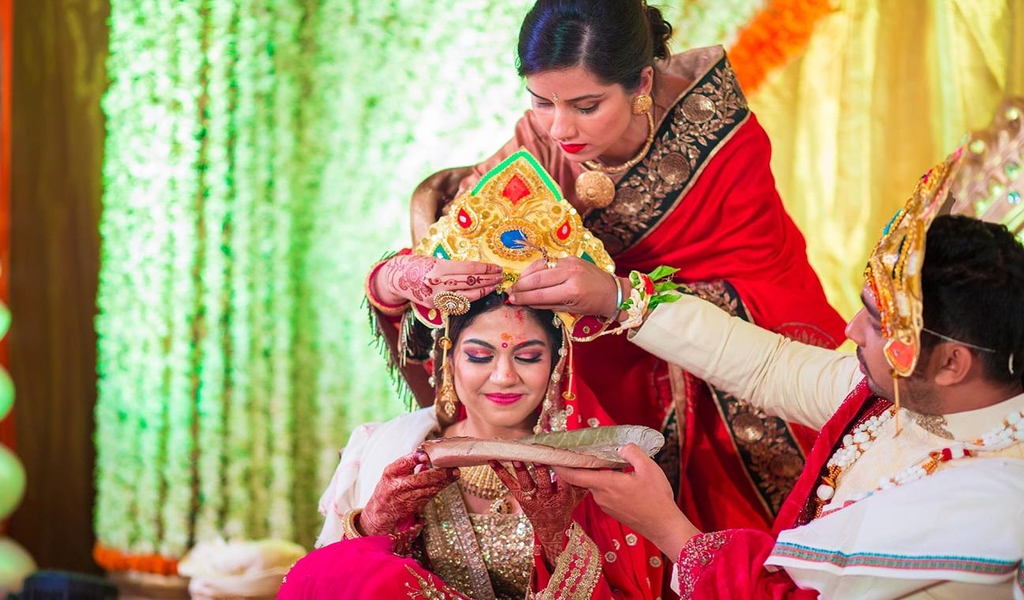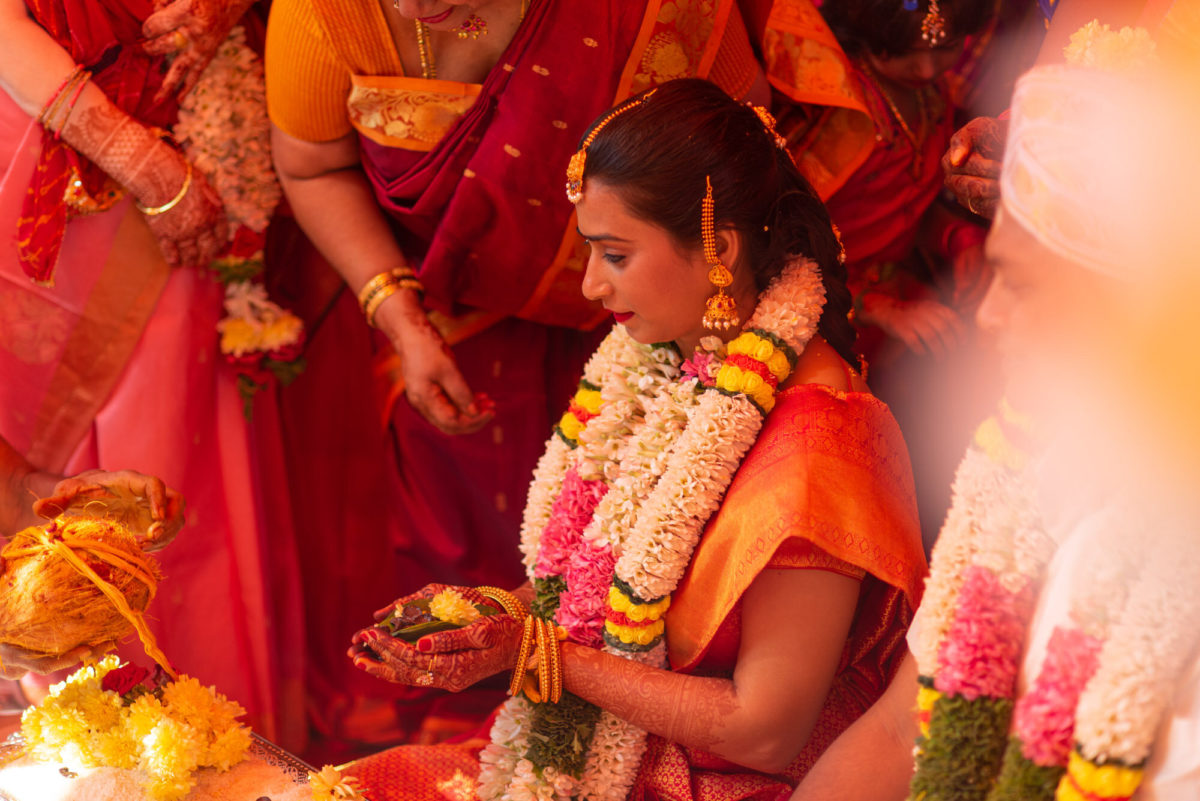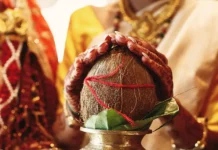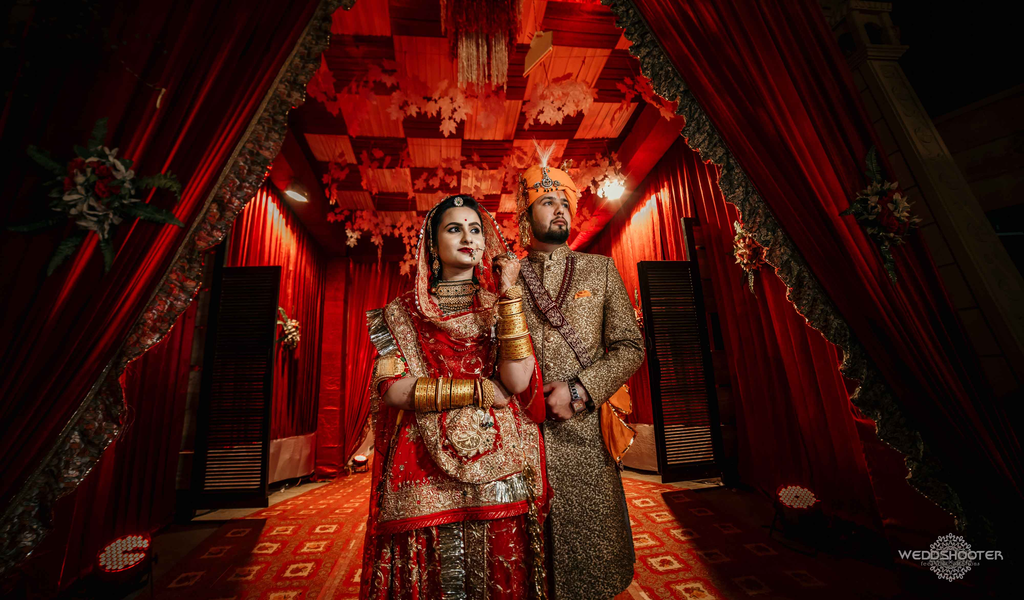Odisha is one such state, which is notably recognised for its temple sanctums, beaches, natural beauty, architectural heritage, traditional food, etc. But when it comes to the magnificence of Odia weddings then such weddings are always special for every season. Fortunately, there is music, there is food and the only time to live the old forgotten rituals. Change, the only constant, has also found its place in the marriage rituals. But there are certain elements which shall always remain the same.
Similarly, there are certain age-old rituals in Odia weddings, which make the wedding bells ring even more energetically louder. Here are some of the Odia Wedding’s most beautiful ritualistic picks. If you have never been lucky enough to attend an Odia wedding then, next time when you will attend one make sure to mark these wonders closely enough for the ultimate wedding pleasure.
- Jai Ragada– In this ritual, Biri dal (urad dal) grinds in a millstone, traditionally called ‘chaki’. Married women in the family first worship the millstone and then grind Biri dal. It is after this ritual that the invitation card (with haldi and chandan on the edges) sends to Lord Jagannath in Puri and also to relatives and friends.
- Mangan– It is a pre-wedding ritual where the bride-to-be bathes with seven types of water in the presence of seven women, and Haldi paste smears on her face and her body. This ritual symbolizes the onset of all the wedding rituals.
- Mukuta– Bride, and groom both have to wear a crown which is an important wedding costume. Bright and glittery, this crown enhances the entire attire of the couple. These are available both in golden and silver shades.
- Baula patta– No matter what the bride wears, ‘baula patta’, a yellow saree with red border, is a must during the wedding rituals. She either has to wear it or put it on her shoulder like a shawl.
Elvin Jacob - Alata– Over the years, mehendi or henna has become an integral of a bride’s make-up. But traditionally, alata colours an Odia bride’s hands and feet. Alata, the colour red, signifies auspiciousness and fertility.
- Hastaghanti– This is another important ritual, which is a part of kanyadaan, where bride’s hand lies on that of the groom’s over a water pot. The hands are tied together and it is the privilege of the bride’s sister to open it, which she does after bargaining for a gift of her liking with the groom’s family.
- Sala Bidha– It is one of the fun rituals which do not have a ‘muhurat’. The brother-in-law of the groom punches him on his back with not too much force though.
- Kaudi Khela – A part of the rituals, it is a fun game where a bride hides a kaudi (shell) in her fist and the groom has to open it up using his little finger. The bride makes an attempt to open the groom’s fist in the next round. In popular belief, the one who wins the game, dominates the married life.
- Bhara– When the bride leaves for her in-laws’ place after marriage, usually known as ‘bidaai’, she takes along ‘bhara‘. The cartons of sweets include enormous laddoos, jalebi, labanga lata, gaja, and pheni for her new family, relatives, and neighbours.
- Bhoji – Marriage is incomplete without bhoji, the feast, which includes a variety of typical odia vegetarian and non-vegetarian food items like chingudi (prawn) ghanta, fish curry, dahi baingan, ambula rai, etc., along with desserts such as ‘kheeri’, ‘rabidi’, ‘paana’ to name a few.











